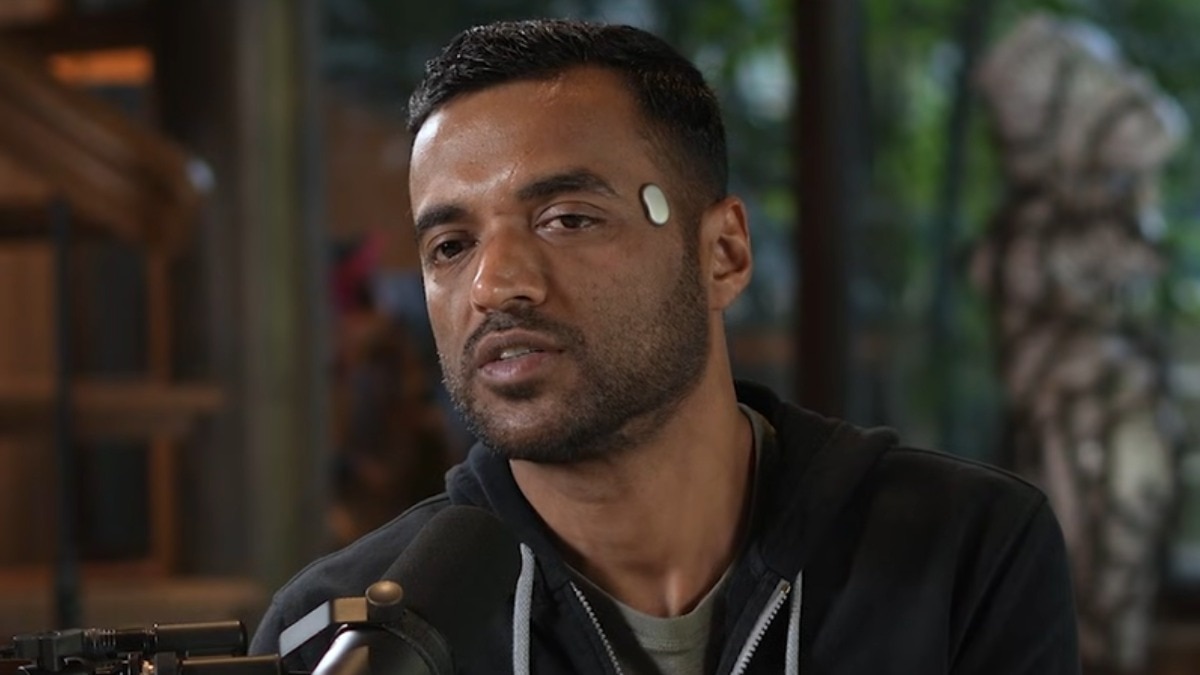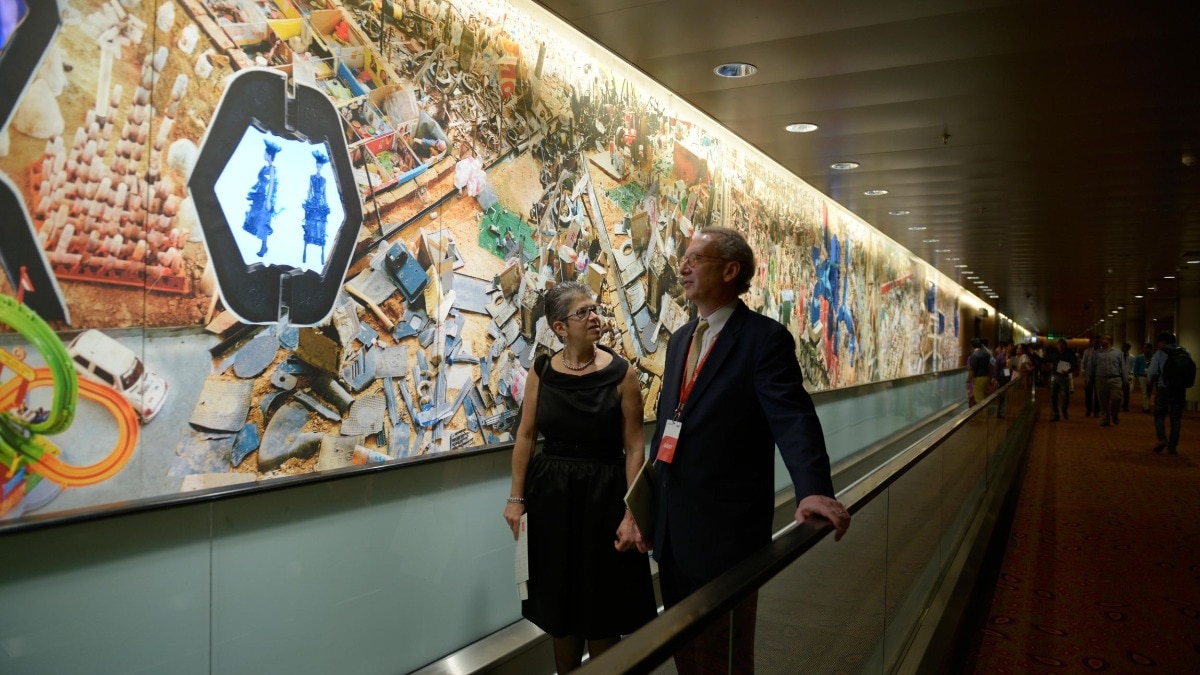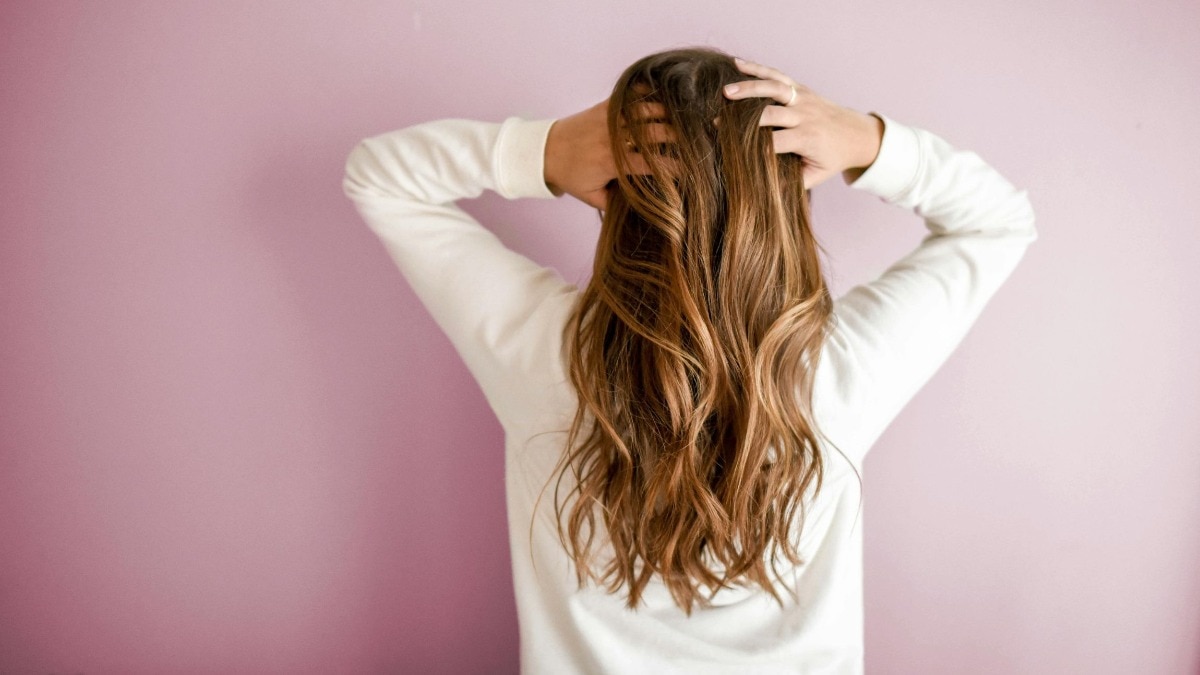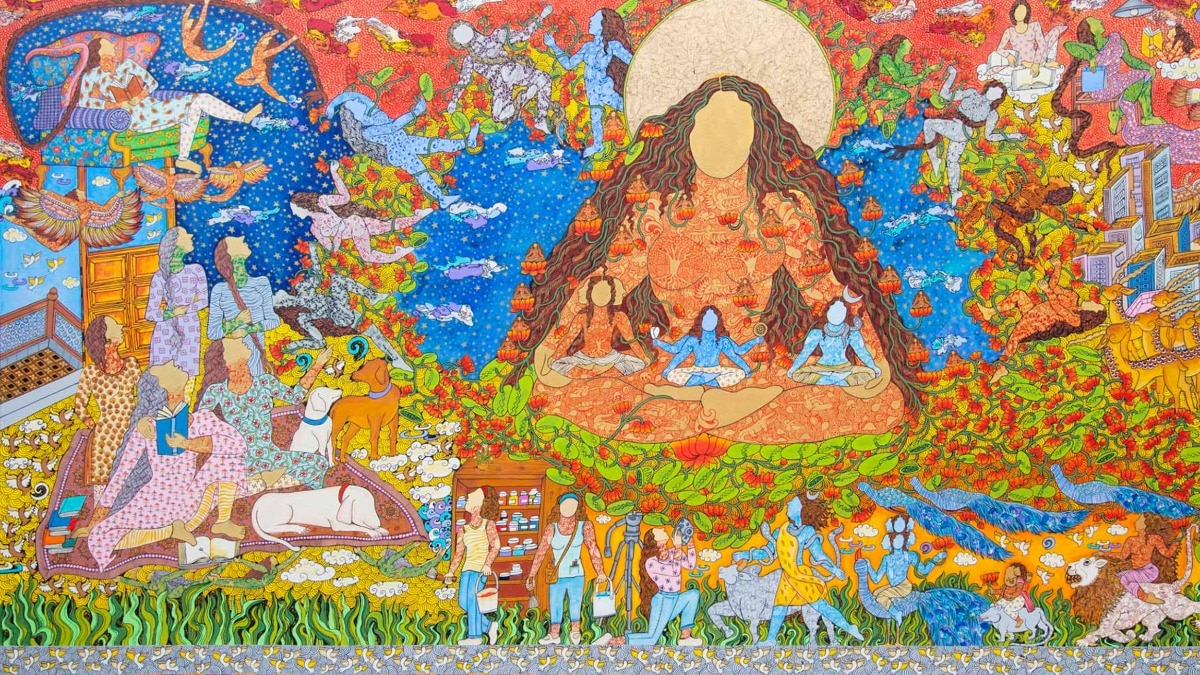
Actor Swastika Mukherjee recreates five looks from the Thakurbari era that have shaped the sartorial identity of the sari
In this special feature, the actor traces the influence of the era.


Kolkata’s Thakurbari, the ancestral home of the Tagore family, has not only been a cradle of literature, music, and art but also a beacon of fashion. Central to Thakurbari fashion is the quintessential Bengali sari. Jnanadanandini Devi, beloved bard Rabindranath Tagore’s eldest sister-in-law, played a pivotal role in shaping the sartorial identity of the region in the 19th century. The timeless elegance and cultural depth of Thakurbari’s sartorial choices have transcended generations. Actor Swastika Mukherjee recreates five different looks from that time for Bazaar India.
A NEW SILHOUETTE

The Brahmika sari was originally popularised by Jnanadanandini Devi, wife of Satyendranath Tagore. The style of draping was inspired by the Parsi Gara sari worn by Gujarati and Parsi women. “Tagore family played a pivotal role in the entire fashion scenario of Bengal. Jnanadanandini Devi is one of the pioneers. Sari draping got a whole new identity under her guidance, and the interesting elements are the frills on the blouse and the brooch. I loved recreating this look,” says Mukherjee.
SPANISH SWAY

The mantilla or veil’s origin could be traced back to 16th century Spain. The trend of wearing a mantilla, usually of lace, along with the sari caught up with Bengali women in the late 19th and early 20th century. In Bengal, the mantilla was popularised by Suniti Devi, the maharani of the princely state of Cooch Behar in British India. “Bengal has always been the place of cultural exchange and has played a pivotal role in the fashion scene for centuries. Such is the introduction of lace in saris and blouses, highly influenced by the Parsis and the British. Recreating such a look with detailed lace work was a fascinating experience. The use of gloves in a completely traditional attire adds glamour to the overall look,” Mukherjee tells Bazaar India.
PLEATS PERFECT

Brooches were a raging fashion accessory in Europe during the Victorian era. Bengali women started personalising the style of wearing sari by pinning the anchal (pallu) over the shoulder with a brooch to secure it. “The first piece of styling that caught my attention is the hairdo. We have seen women sporting bobs styled in various partings of the hair, often curled in a particular manner in the 18th and 19th century. But the whole style statement changed with the introduction of the sari pin. (It) added structure to the whole drape,” says Swastika Mukherjee.
ELEVATED ELEGANCE

“My most favourite look from the yesteryear would be this one—the beautiful black jamdani gown, and the mantilla draped over the head. This trend was inspired by the European style of draping a mantilla by upper-class British women, seen as a sign of sophistication and elegance. The trend was short-lived, but it left a lasting impression and rightly so,” Mukherjee shares.
PARSI INFLUENCE

“The influence of Parsi culture on Bengal’s fashion scene is very crucial. Parsi embroidery made its presence felt in this confluence of culture and the new way of draping the anchal (pallu) in the front is what stands out. What I love most about this look is the head gear with the Parsi embroidery. The accessory does the magic,” says Mukherjee.
Styling: Abhisek Roy
Photography: Debarshi Sarkar
Make-up and hair: Prasenjit Biswas
Make-up assistants: Sumana Biswas and Ankita Biswas
Hair assistant: Nita Mallick
Outfits: Bohurupi Santiniketan
Jewellery: Jalsaghar Calcutta
Managed by: Shristi Jain
Also read: Exploring the modern nuances of North-Eastern craftsmanship
Also read: Naomi Osaka serves coquette with a brat update at the US Open










